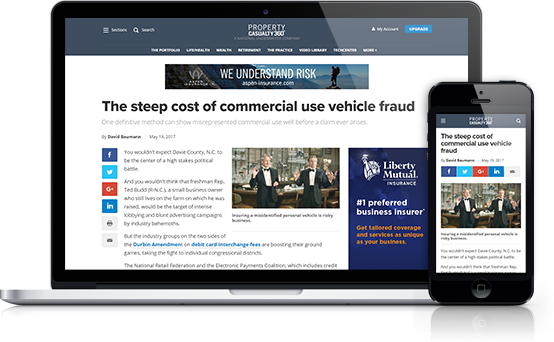The construction industry is facing tough times as land remains undeveloped and unfinished buildings and homes dot the national landscape. The excess and surplus lines market, which has been home to the construction contracting industry for many years, has recently seen an exodus of business back to the standard market as carriers strive for more rate-adequate risks.
This year, both the standard and surplus lines sides of the industry will devour what little is left of the policyholder's rate adequacy by reducing contractor premiums. In addition, homeowners are realizing that it's more cost effective to remodel or refurbish than it is to build new, particularly with the current economy. Most general contractors are adjusting by shifting their primary business function to remodeling, rehabilitation and HVAC contracting.
The current challenge for both agents and contractors is how to turn this business shift into new opportunities. With a multitude of coverages available, most contractors focus only on the minimum insurance requirements needed to conduct business. This is the time for contractors to go beyond the basic insurance requirements and broaden their coverage--in most cases, without significantly increasing their premiums. As the insured's representative, it's the agent's responsibility to promote the "nice-to-have" coverages that were previously an afterthought due to the high premiums.
|Workers' compensation and general liability
The biggest premium expenses for contractors are usually workers' compensation and general liability. Because workers' comp costs and coverage are often entirely determined entirely by state regulators, contractors can only hope that the state they are working in will see rate relief rather than rate increases. However, some carriers still have rate flexibility and can reward the best contractors with additional credits or preferred tiered rates as a way to lower pricing against the competition. Shrewd agents who want to increase their workers' compensation writings should seek out carriers with the lowest rates for the types of contractors they most often write. This gives the agent a lead in competing for business in this softening market. Using carriers with fast and efficient claims handling also will keep down claim and premium costs for the contractors they represent.
Recommended For You
Want to continue reading?
Become a Free PropertyCasualty360 Digital Reader
Your access to unlimited PropertyCasualty360 content isn’t changing.
Once you are an ALM digital member, you’ll receive:
- Breaking insurance news and analysis, on-site and via our newsletters and custom alerts
- Weekly Insurance Speak podcast featuring exclusive interviews with industry leaders
- Educational webcasts, white papers, and ebooks from industry thought leaders
- Critical converage of the employee benefits and financial advisory markets on our other ALM sites, BenefitsPRO and ThinkAdvisor
Already have an account? Sign In Now
© Touchpoint Markets, All Rights Reserved. Request academic re-use from www.copyright.com. All other uses, submit a request to [email protected]. For more inforrmation visit Asset & Logo Licensing.







